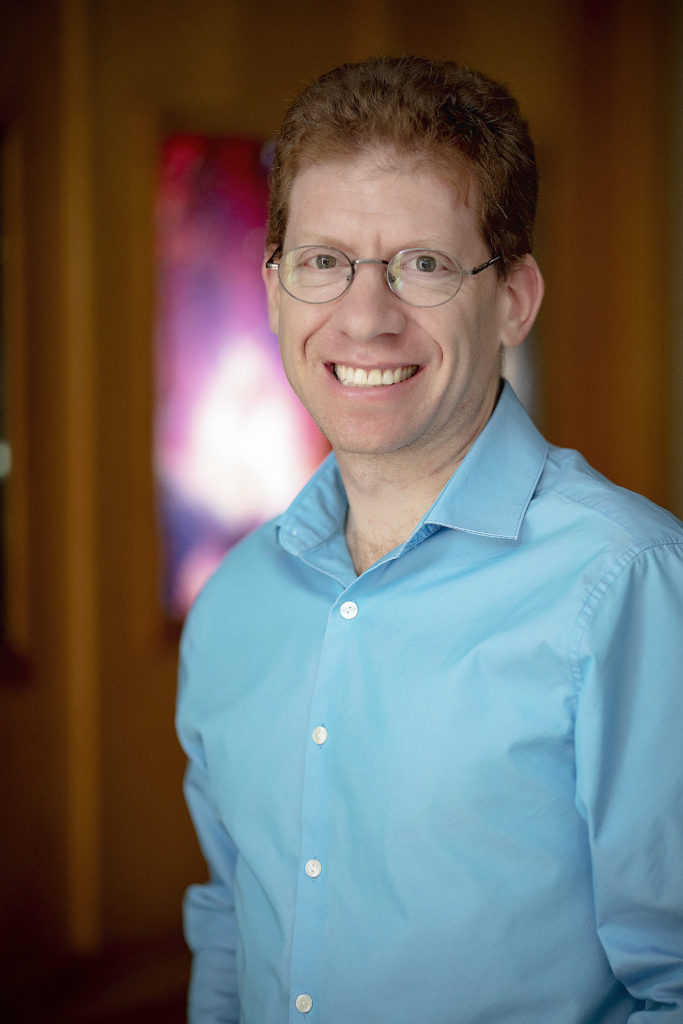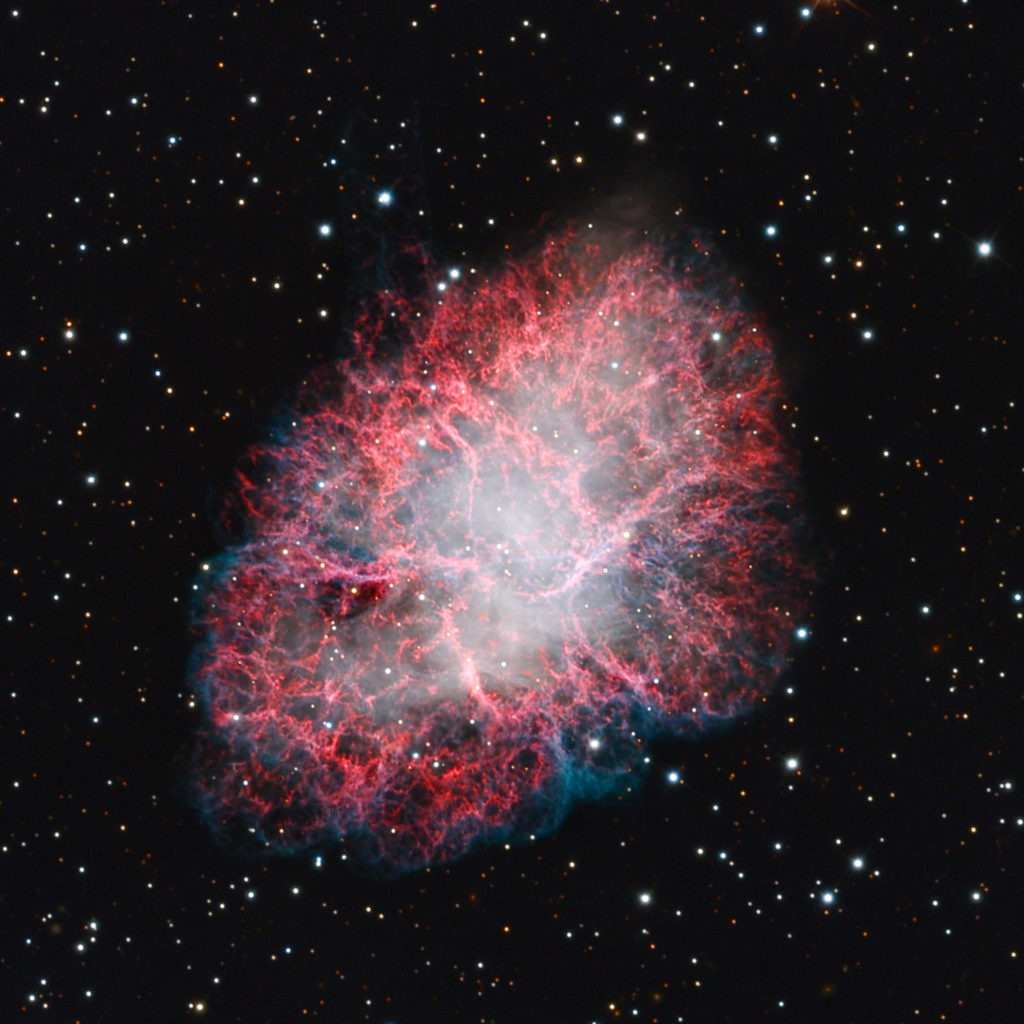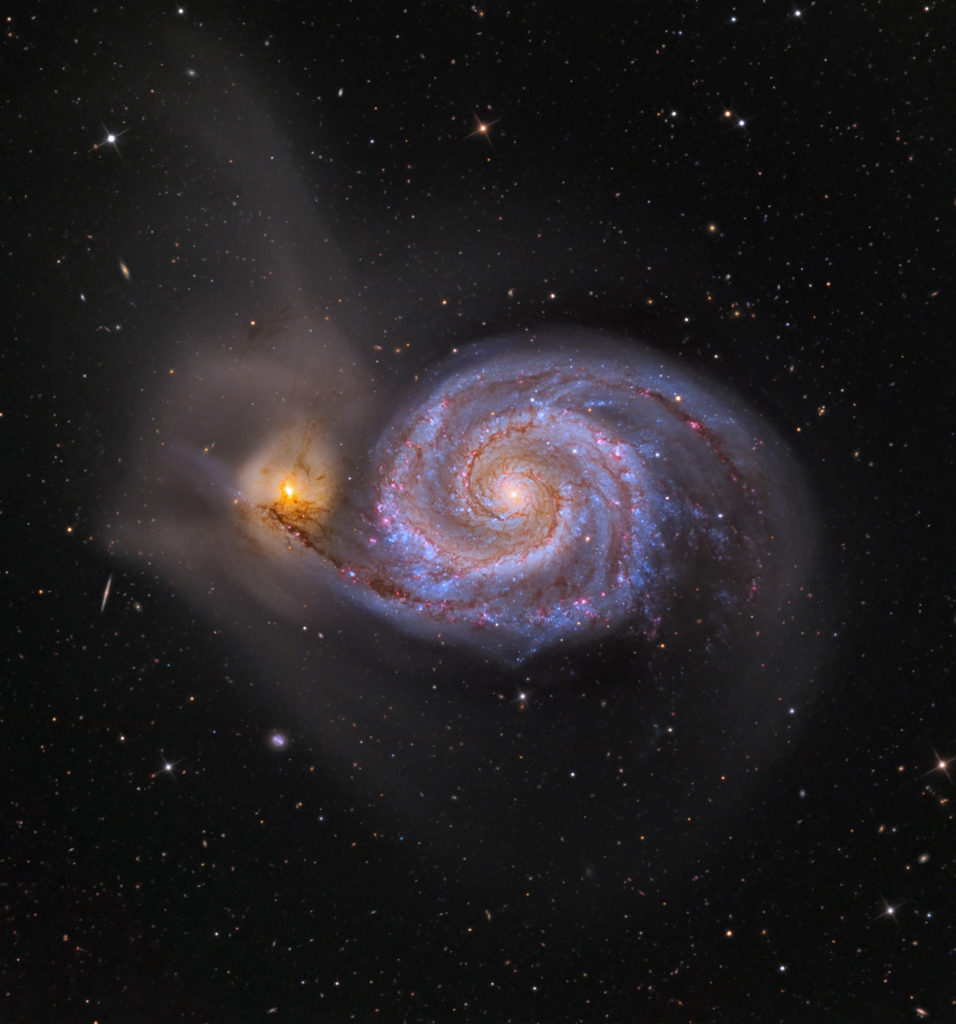Writer Amanda Christmann
Photography by Adam Block
[dropcap]E[/dropcap]ach month, Images Arizona features a photo essay that highlights faces and places within our beautiful state. This month, we’ve ventured out a bit.
Astronomy researcher and astrophotographer Adam Block’s images are, quite literally, out of this world, and they’re taken from right here in Arizona. Block is largely responsible for the creation of the University of Arizona College of Science Mount Lemmon SkyCenter, where he managed the programs from 2007-2016. Not only are his images stunning, but they also offer a glimpse of what visitors will find when they visit the SkyCenter.
We’re proud to feature a few samples of Block’s work, and to share the beauty he sees when he looks beyond our Arizona sky.



Inspired by the Stars
“Ever since I can remember, perhaps since the age of 4, I have been interested in the ‘above’—that is, things over my head,” explains Block. “I credit my grandfather who may have pointed out the sky or the moon during our walks at this young age. It is something that is wholly part of my nature.
“I remember, as a young boy, looking through my first telescopes and being impressed by what I saw through them. My second emotion, however, was the desire to share what I had just seen.
“It wasn’t enough for me alone to have seen this cool stuff. I think this is what led me to develop two stargazing programs over the course of 20 years.
“Astrophotography is one more way for me to share my passion—and to share it with a worldwide audience. Astrophotography is a form of self-expression.”



Gazing Through the SkyCenter
Block originally conceived the SkyCenter to be the public face of the scientific endeavors of the Steward Observatory department of astronomy and, more broadly, public outreach for the University of Arizona. The SkyCenter provides a completely unique stargazing experience.
“Located atop a superb mountain with nearby public access on the grounds of a professional observatory, the SkyCenter is set apart from just about any other venue of its type,” says Block.
“The initial goals were to create a space that would accommodate large groups of visitors and give them an immersive experience that would be fun, educational and comfortable.”
Stargazers of all ages enjoy the SkyCenter. Among the multi-generational programs is SkySchool, designed for students K –12.
The SkyCenter telescopes are among the largest in the world, and the facility itself offers viewers an opportunity to see sights even Galileo could not have imagined. Every detail was carefully and intentionally planned.
“I designed the SkyCenter telescopes so that they could be accessible for astrophotography through remote observing,” Block says. “My initial goal was nothing less than to create a new one-of-a-kind destination for Tucson and tourists that visit here, as well as an observatory that could be used by people around the world.”



About Astrophotography
“These kinds of images are a mix of technical expertise and artistic expression,” says Block, whose work has been published in Time and Astronomy magazines, and numerous times as NASA’s Astronomy Image of the Day, among a long list of other recognitions.
“When presenters deliver programs at the SkyCenter they can only do public outreach for as far as their voices will carry. Astrophotography, however, has much greater reach and can be seen by people around the world.
“To be one of the few humans to see a nebula or galaxy or to make a discovery is a heart-racing frontier-like experience. I have been fortunate enough to discover asteroids, a supernova in another galaxy and a galactic star stream. Astronomer catnip!
“It is my belief that an appreciation of the night sky, and by extension space, is an innate and cross-culturally shared subject of wonder.
“Astrophotography represents our quest to understand the big questions of who we are and why we are here—rendered in the ineffable beauty of the cosmos.”



Things to Know when you Visit the SkyCenter
The SkyCenter is accessible by reservation only. Each presentation lasts between four and five hours, and visitors use star charts, binoculars and peer through a large telescope to see everything from planets to other galaxies.
Program presenters are practiced guides to the universe. They lead guests through a series of demonstrations and explanations, and guests have the opportunity to ask questions and see a better view of the cosmos than most of humanity will ever have an opportunity to do. Presentations are designed to be inquiry-based and to allow visitors to interact with both the guides and the equipment.
Sunset at 9,000 feet is spectacular, and a view of Saturn through one of the SkyCenter telescopes is worth the drive up the mountain alone. Use directions on the SkyCenter website to find its location; just like the stars, you won’t be able to find the SkyCenter on Google maps.
One note of caution: The SkyCenter is located atop Mt. Lemmon, and temperatures are always chilly. The observatory is not heated. Bring a winter coat, even in the heat of the summer.
adamblockphotos.com
facebook.com/adamblockastronomer
apod.nasa.gov
skycenter.arizona.edu







Comments by Admin